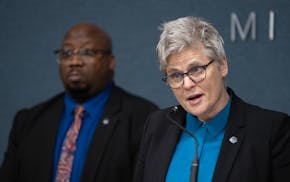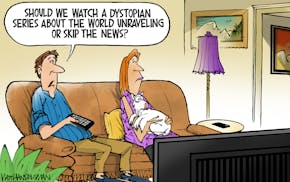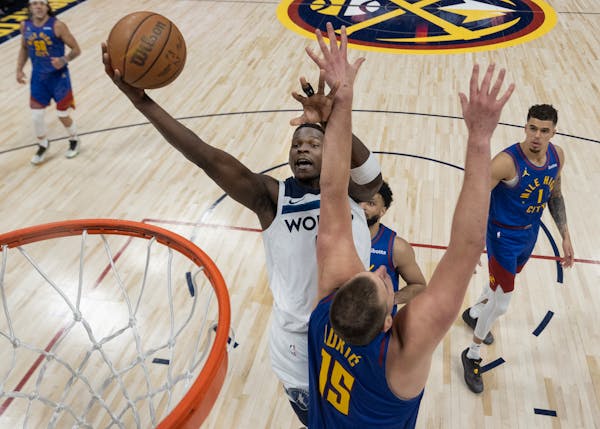A new report from the Metropolitan Council describes something that's probably obvious: Our complexion is changing. The Twin Cities metro area is gradually looking more like the rest of America.
Fifty years ago we were outliers — 98 percent white. Now, one of every four residents of the seven inner-ring metro counties is "of color." Latinos, blacks and Asians have accounted for 92 percent of the region's growth since 2000. By 2040, they are expected to make up 40 percent of our population.
The Met Council report shows that, from 2000-2013, Anoka, Scott and Washington counties more than doubled their shares of nonwhite population, while Hennepin and Ramsey counties lost white population. And different racial and ethnic populations are driving our "of color" diversity: Latinos in Minneapolis; blacks in Brooklyn Park and Brooklyn Center; Asians in Woodbury and Shakopee; blacks and Latinos in Bloomington and Burnsville, and Asians and blacks in St. Paul.
But as we become more racially and ethnically plural, is "white" and "of color" the best way to define ourselves? Hopefully not. It's our history's dark side that leads us to think of ourselves that way — the undeniable story of European invaders subjugating, enslaving and otherwise dominating other racial groups and discriminating against many ethnic minorities. Ours, indeed, has been a history of whites vs. everyone else.
But that was then, we tell ourselves. Maybe now, as our communities pluralize, we'll begin to think of ourselves as, well, people. By midcentury, after all, non-Hispanic whites will be a minority in the United States. Already "mixed race" is the Census Bureau's fastest-growing category, with 37 percent of Americans now considering themselves "of color."
Clearly, racial awareness is dissolving in many places, perhaps most noticeably in California and in the outer boroughs of New York City, where there's just too much human variety to put race at the top of any list.
For the Twin Cities, that's a nice hope, but one that quickly runs into blunt reality: Whites continue to dominate all measures of social and economic well-being. As long as that dominance persists, the white/nonwhite dichotomy will be difficult to shake.
Our notorious disparities are much discussed — and much feared. To some degree, they are normal for any region with a long-established monoculture. It's hard for newcomers to break in. Often it takes a generation or two to join the mainstream. What's different here and now is that technology and global competition have made upward mobility far more difficult than in the past. The economy provides jobs but not the opportunities that push people up the ladder. Broken educational and family structures aren't helping either.
Of all ethnic groups in the Twin Cities, blacks appear to struggle most. Another recent Met Council report found that blacks trail whites by large margins — and trail other minorities by smaller margins — in employment, income and homeownership. Almost a third of black families (31 percent) live in poverty, compared with 22 percent of Latino families, 18 percent of Asian families and only 6 percent of white families.
Those numbers — showing minorities four and five times more likely to be poor than whites — make it clear why the white vs. everyone else comparison still hangs on. But those numbers also lack the detail needed to more fully analyze our disparity problem or to adequately describe our demographic variety.
Take Twin Cities blacks, for example. They are an exceptionally diverse group, yet the numbers don't differentiate among African-Americans, Somalis or people of Caribbean or West African heritage. We are rapidly reaching the point when race alone becomes a meaningless demographic.
Our growing pluralism brings obvious benefits to this region. Those benefits will broaden as inequities narrow and as the white/nonwhite characterization fades from the scene.

BWCA's future likely hinges on election
Saving the dinosaurs: Why there's a future for community newspapers
Readers Write: Gun storage laws, Uber and Lyft, 24/7 businesses, the pipe organ


